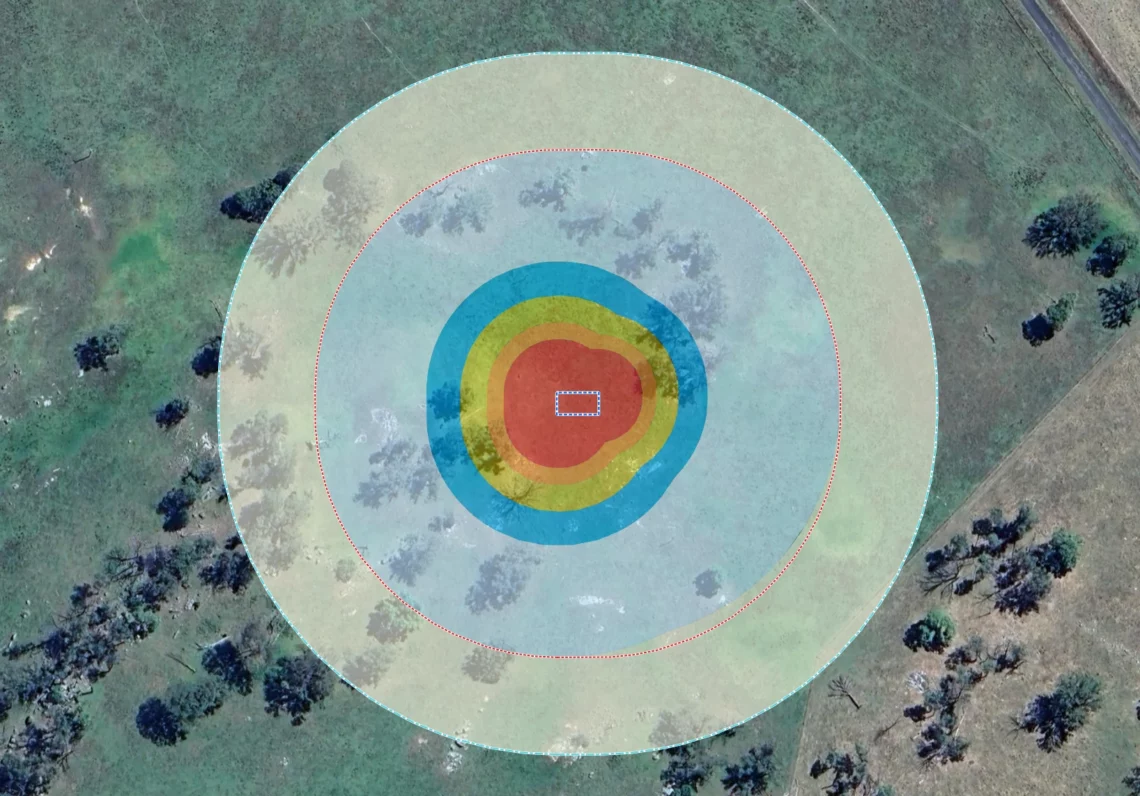In rural areas, optimising vegetation clearing for building developments can result in significant cost savings for clients. In NSW, vegetation clearing often triggers additional requirements, such as environmental surveys, which can add to the overall project cost.
The key to cost optimisation lies in balancing the upfront expenses of BAL-compliant materials with the savings achieved by minimising site disturbance, vegetation clearing, and avoiding unnecessary surveys.
Bushfire Pro is designed to help you manage your project by clearing the minimum required vegetation while keeping the development within a specific BAL rating. This not only helps reduce building costs but also prevents triggering costly environmental assessments or additional surveys.
In this post, we’ll explore how to “reverse the BALs” to determine the best placement of an optimal Asset Protection Zone (APZ) for your project.
Scenario
Our planned development is located in a greenfield area, and we need to establish an APZ around the building footprint. The objective here is to minimize vegetation clearing and construction costs by ensuring the development stays within BAL-19.
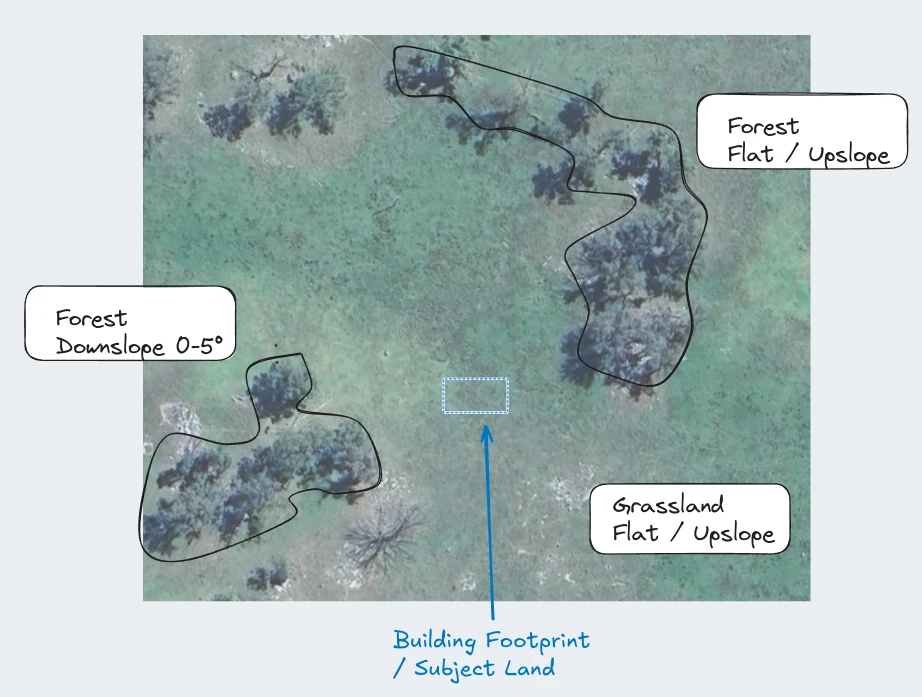
Here’s how Bushfire Pro can assist.
We’ll use Bushfire Pro to calculate the BALs from the house to determine the minimum extent of the APZ.
- To reverse the BALs, we simply map out the vegetation facing the building from inside the building footprint.
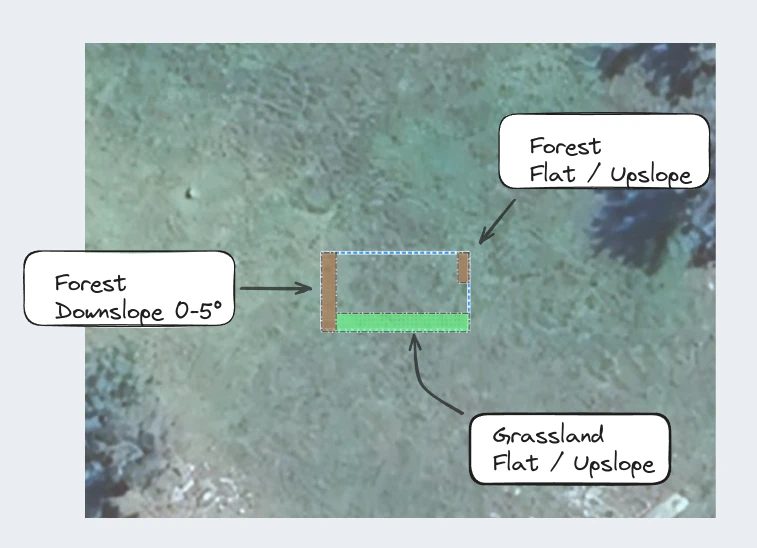
By toggling the BAL layers, we can see the required extent of the APZ that needs to be created.
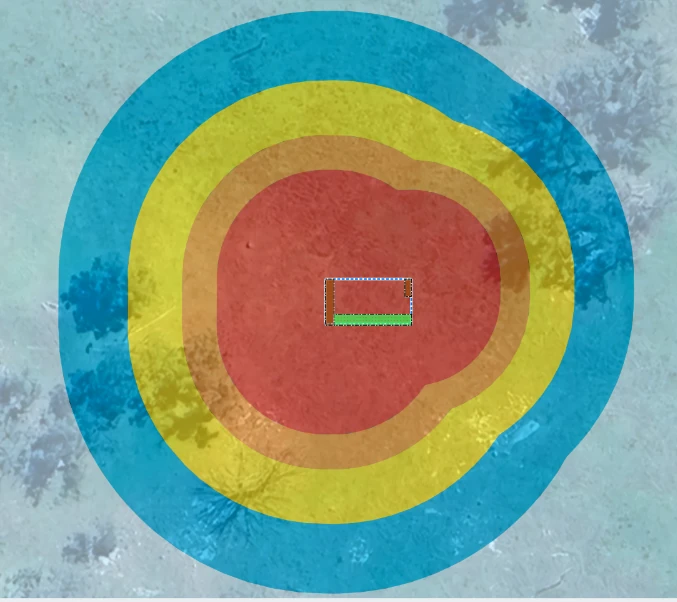
- Then, we can draw the APZ based on the reversed BALs.
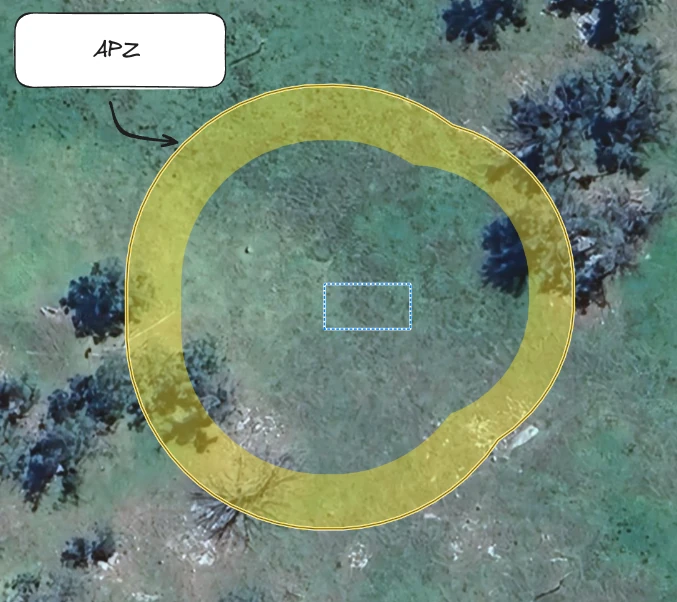
- Finally, we remove the vegetation drawn inside the building footprint and digitize the actual vegetation, ensuring that anything within the APZ is categorized as modified to low threat.
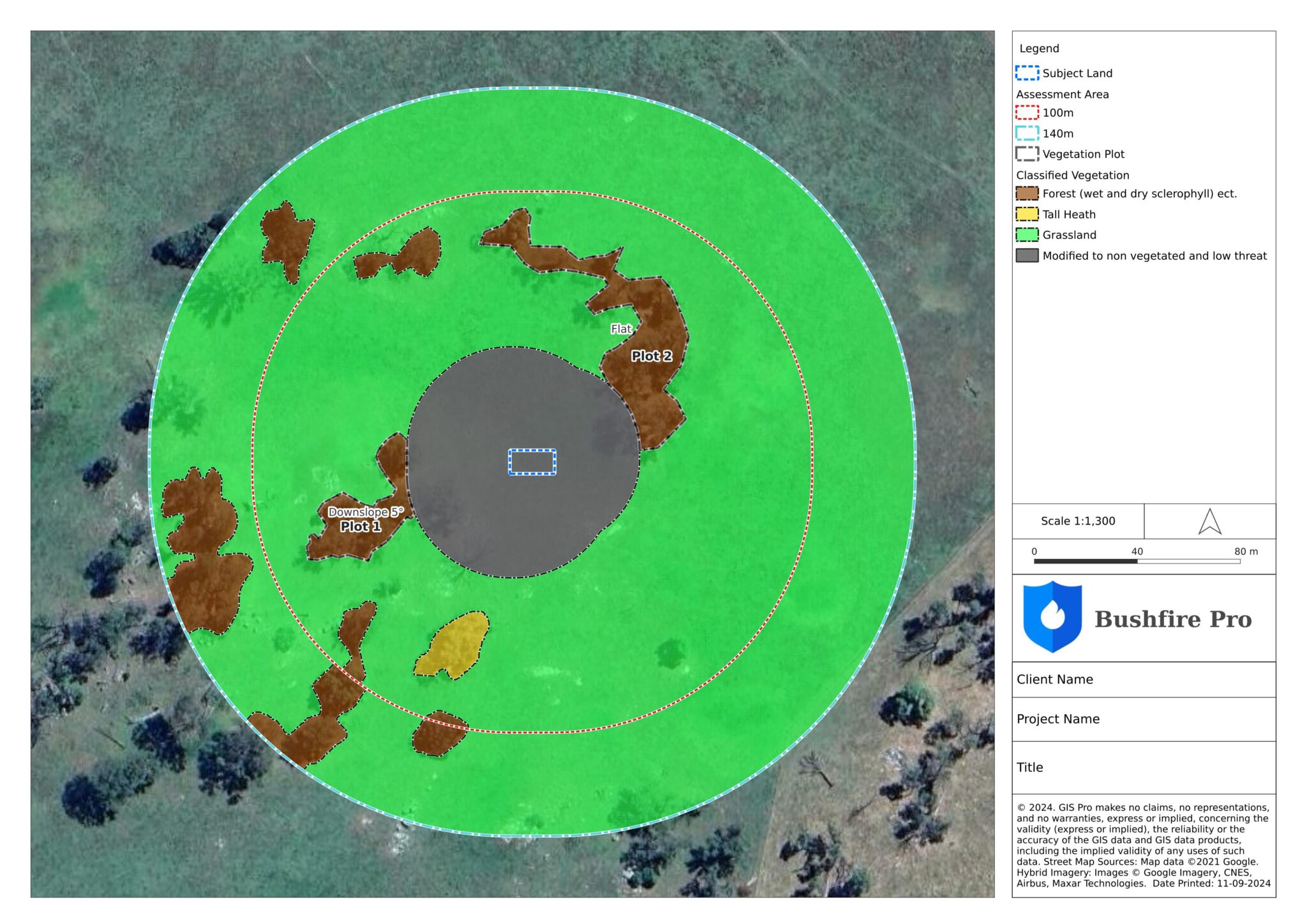
- Here is the result! The building fits perfectly in BAL-19 as shown on the BAL Contours map below.
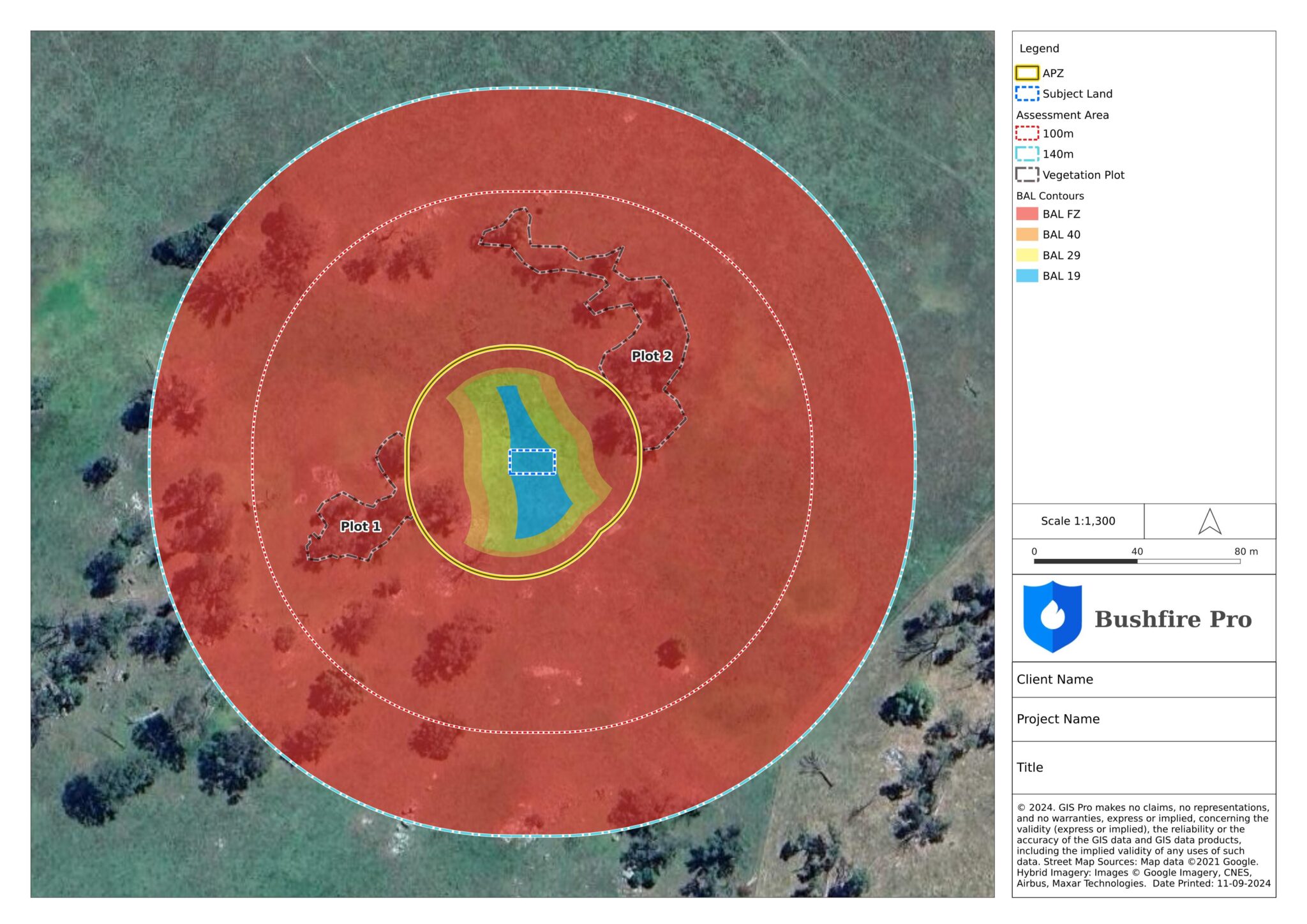
Conclusion
By using Bushfire Pro, we can efficiently plan developments to ensure the building footprint remains within the desired BAL rating. Through strategic placement of the APZ and careful management of vegetation, practitioners can help clients minimize costs while staying compliant with bushfire safety regulations. This approach not only streamlines the approval process but also helps avoid unnecessary environmental impacts, making it a valuable tool for bushfire practitioners.
